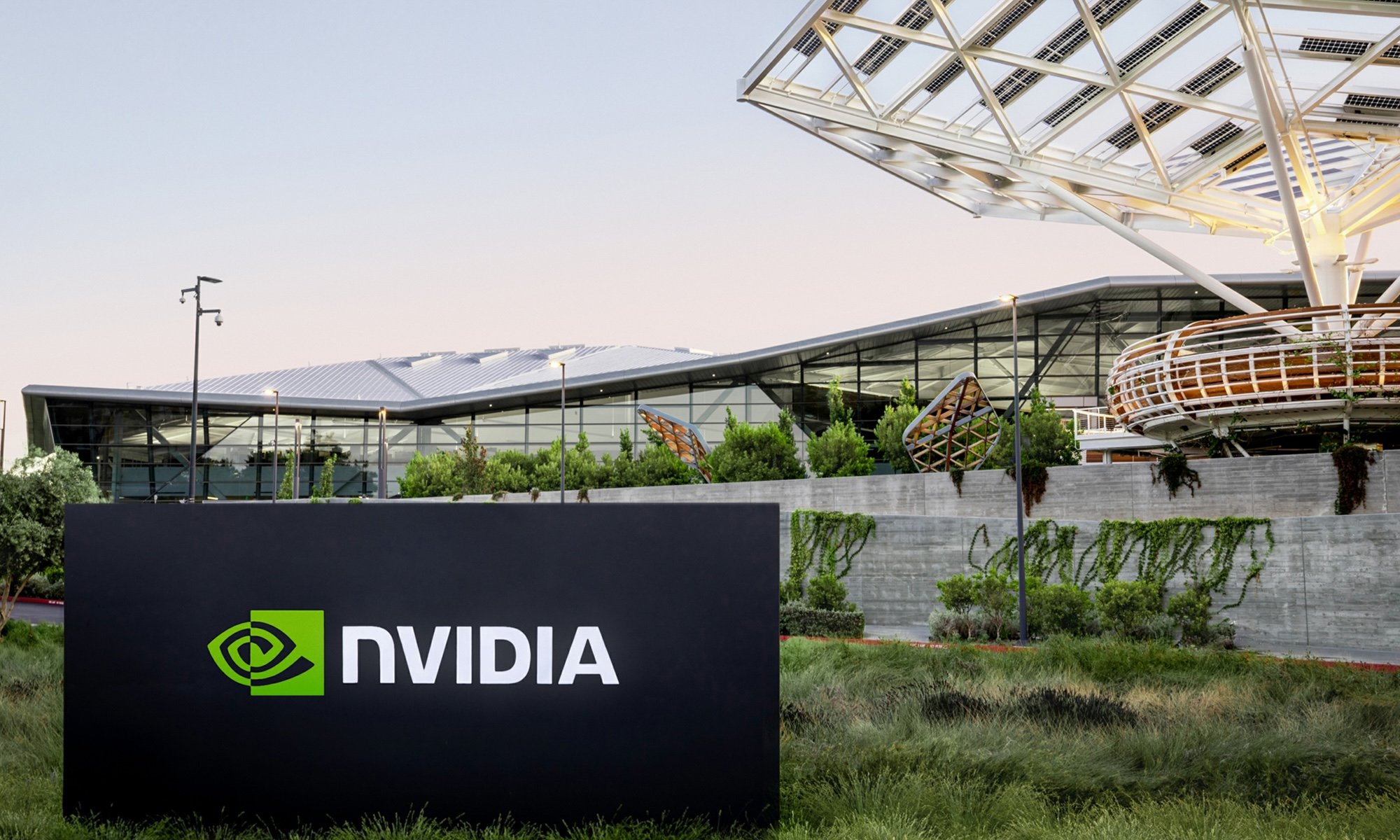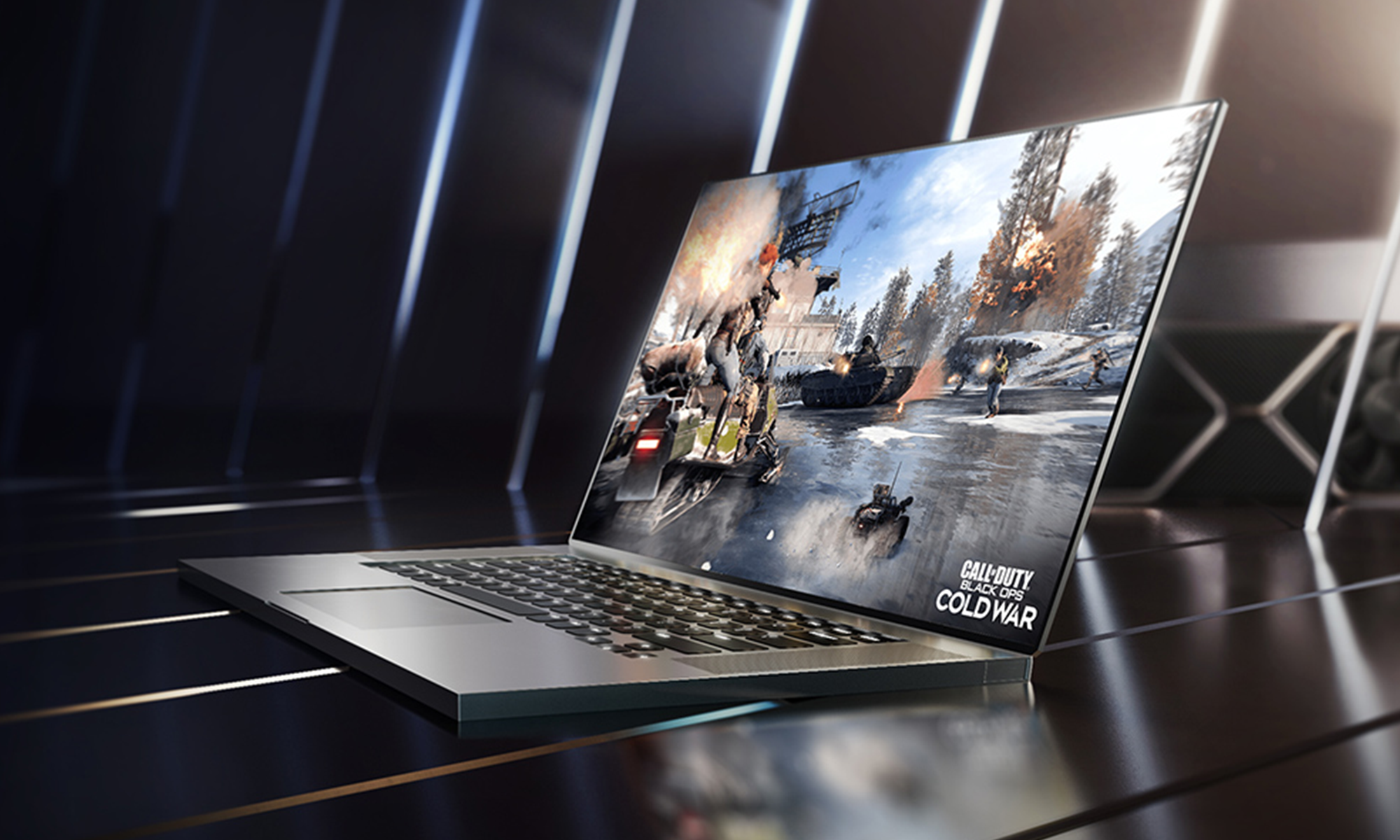NVIDIA (NVDA 3.89%) shareholders have had their patience tested as the company has missed the recent stock market rally. In the last six months, NVIDIA stock has for the most part stayed between $12 and $13, underperforming the S&P 500 by more than 10%.
Data by YCharts.
Most recently, the stock has come under pressure due to rumors that Qualcomm's (QCOM 1.75%) Snapdragon chip has been selected to power Google's (GOOG 3.10%) next-generation Nexus 7 tablet. The first-generation Nexus 7 was the best-selling device to date running on NVIDIA's Tegra mobile processors, helping fuel 50% growth in Tegra revenue last year. Moreover, the Nexus 7's strong sales performance generated excitement about the company's opportunity in the rapidly growing tablet market, driving NVIDIA stock to nearly $15 last summer. If Qualcomm has indeed won that design slot for 2013, NVIDIA will suffer a significant revenue headwind this year.
Nevertheless, from a long-term investing perspective, NVIDIA looks like an attractive opportunity. At the end of its most recent fiscal year, the company had over $3.7 billion in cash and investments on its balance sheet. This works out to approximately $6 per share, or nearly half of its market cap. This large cash stockpile provides a good safety net for investors. Meanwhile, the company introduced two promising new products earlier this year -- GeForce GRID and Tegra 4i -- which should begin to ramp up later this year. Based on these factors, NVIDIA stock seems significantly undervalued at Friday's closing price of $12.46.
New products on the way
Heavy investments in the development of new products led to a drop in NVIDIA's EPS last year, and analysts currently expect another drop this year. The decline of the traditional PC industry, combined with the advance of integrated graphics solutions from Intel and AMD, is reducing the addressable market for NVIDIA's legacy GPU business. Clearly, this business will not provide the growth necessary to reverse NVIDIA's fortunes. However, I think Mr. Market is underestimating the company's long-term growth opportunities, which could eventually drive NVIDIA's stock price much higher.
The "problem" is that many of these growth opportunities will not be fully realized until next year. That's why I previously called 2013 "a year of waiting" for NVIDIA shareholders. However, for a long-term investor, that's not actually a problem; it's an opportunity! For example, GRID will be NVIDIA's first foray into the "cloud" and consists of professional-quality GPUs built into a server. Different variants of GRID will accelerate virtual desktops (NVIDIA is partnering with major software vendors like Citrix, VMWare, and Microsoft for this purpose), replace individual workstations for small and medium-sized businesses, and run graphics for Internet-based gaming services. However, the workstation replacement and gaming versions of GRID will not be ramping up until mid-late 2013.
Similarly, Tegra 4i, NVIDIA's first integrated mobile processor, will finally allow the company to gain a foothold in the mid-range smartphone market (which is larger than the tablet market). However, due to the length of the carrier certification process, it is not expected to go into volume production until 2014. The maturing of these two new businesses should lead to long-term earnings growth for NVIDIA, boosting the stock.
It's not all waiting
While investors should stay focused on the long-term opportunity, there are some things to look forward to in 2013. NVIDIA may have lost the design slot for Google's Nexus 7, but by February the company had already racked up more design wins for its new Tegra 4 chip than it had for Tegra 3. Furthermore, Project SHIELD, a handheld Tegra gaming device, is expected to hit the market next quarter. These products should allow NVIDIA to grow the Tegra business even before Tegra 4i hits the market in late 2013/early 2014.
NVIDIA shareholders may be frustrated by the stock's poor performance over the past two years, but management has done a good job of investing in growth areas that can diversify the company's revenue base away from the PC GPU business. As these growth initiatives come to fruition over the next couple of years and reignite profit growth, NVIDIA stock could stage a strong rally.And with nearly half of the company's value consisting of cash on the balance sheet, shareholders have significant downside protection.







